What Is Embryo Grading in IVF?
Fertility Treatment
Embryo grading is one of the optional steps in IVF which helps the embryologist or fertility specialist to find and transfer the embryos with the highest quality. Read this article to get more information about embryo grading and its success rates, procedure, results, and many more.
What Is Embryo Grading in IVF?
Babies who are born with the help of assisted reproductive technologies, such as IVF, undergo further growth and development stages through their embryonic phase in the lab. The embryologists consider different embryo grading systems before transferring them to the mother's uterus. One of the important stages in the IVF process is examining the embryo's quality grade in a laboratory to select a better-quality one for transferring.
In other words, embryo quality or grading system is one of the effective factors in a successful IVF treatment. Since the embryo is usually transferred to the uterus on day 3 (cleavage stage) or day 5 (blastocyst stage), it is essential to examine some embryo characteristics such as inner cell mass, Trophectoderm, and the degree of blastocyst expansion to detect a healthy embryo.
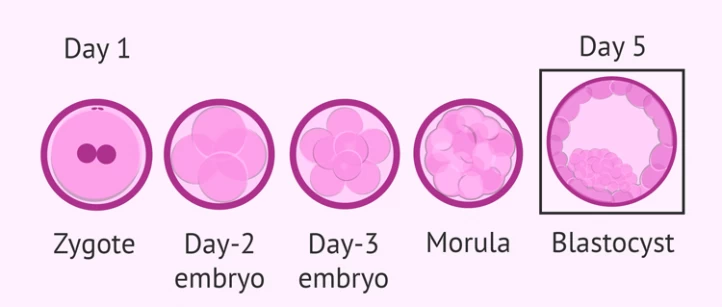
What Is Examined in Embryo Grading System?
The embryologists use the following terms to examine the embryo characteristics:
Morphology
The term morphology refers to the form and structure of an embryo. Examination of embryo characteristics is often called morphology evaluation by specialists.
Morula
A few days after fertilization, and when the embryo goes through several cell division phases, the cells enter the blastocyst-forming stage in which their borders cannot be distinguished. This stage, called a morula, usually occurs between days 3 and 4 after fertilization.
Blastocyst
The embryo enters the blastocyst stage about 5 and 6 days after fertilization and cell division. A blastocyst is an embryo development stage in which the inner cell mass, Trophectoderm (surface cells), and the blastocoel cavity are formed.
Inner cell mass
The inner cell mass (ICM) is a group of cells inside the blastocyst that will eventually become a real embryo.
Trophectoderm
It refers to the cells surrounding the blastocyst's outer layer and is involved in embryo implantation. These cells eventually become the placenta.

Grading the Embryo Quality in IVF
In the IVF method, the first report of the pregnancy status is given to the patient one day after egg retrieval, followed by laboratory fertilization. However, evaluating the embryo's quality accurately at this stage is impossible. Therefore, the embryo quality grading method is used to detect high-quality embryos.
The embryos derived from in vitro fertilization are kept in an incubator. As embryos need to be in a stable environment, the number of times they can be put out of the device is limited.
Determining Embryo Quality in IVF
Generally, the embryo's quality is determined on day 3 or 5 after egg retrieval and laboratory fertilization. The reason is that until day 3, most of the embryo's growth and development relates to the egg contents. From the end of day three onwards, the sperm genetics enters the embryo's DNA, and the embryo genetics becomes complete and active. On day 5, IVF embryo grading is done by measuring blastocyst expansion, Trophectoderm, and the inner cell mass. The following describes the embryo quality or grading on days 3 and 5 after fertilization and embryo grading scales.
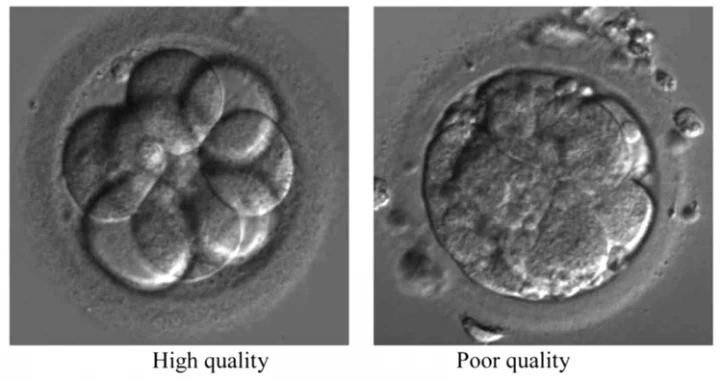
Grading System of Day 3 Embryo
The number of cells increases in a day three embryo due to proliferation; however, the embryo size does not change. Embryo grading is done after three days for the first time. For this purpose, embryologists examine the embryo morphology with a high-power microscope, during which they evaluate both cell shapes and numbers in the embryo:
The shape of embryo cells: It is difficult to grade their morphology and appearance on day 3; therefore, the cells are divided into 4-5 groups. We should also mention that the embryo is graded by the fragmentation degree at this stage. A fragmentation percentage of up to 20% is acceptable, but if it goes higher, it will affect the function of the cytoplasm.
In general, a day three embryo appearance is examined according to the following aspects:
- Each cell to be mononuclear;
- Cell sizes to be appropriate and uniform;
- Cell division and cell content to be well done for evaluating the optimal function of the cytoplasm;
- Adequate density and compression of cells and their readiness to form blastocyst;
- The presence of a cytoplasmic cavity in the cell contents;
- The proper condition of vacuoles.

The Number of Embryo Cells: One of the essential indicators to determine a healthy and high-quality embryo is the number of cells in a day three embryo. Thus, according to a general rule, an embryo that's dividing well should have between 6 to 10 cells, ideally eight cells, by day 3. However, this number may sometimes reach 3, 5, or 6 due to non-synchronous cell division.
How to Grade the Quality of a Day 5 Embryo?
Embryo grading usually follows a universal rule. However, each fertility clinic may have a unique grading system that is slightly different from others, which causes a slight difference in the embryo grading results. According to references, determining and evaluating a day five embryo grade is more complicated than a day 3 one.
The embryologists examine the following aspects at this stage:
Degree of blastocyst expansion: The amount that the blastocyst expands is called the blastocyst expansion degree. In this stage, the size of the blastocoel (fluid-filled cavity in the embryo) is measured, which varies between 1 and 6. The best size is 6 at this stage. A day five embryo grading in the blastocyst stage is done as the following:
- Number 1: Blastocoel cavity has filled less than half of the embryo.
- Number 2: Blastocoel cavity has filled more than half of the embryo.
- Number 3: Blastocoel cavity has filled 70% of the embryo, and partial expansion has occurred.
- Number 4: Blastocoel cavity is fully expanded.
- Number 5: Embryo has expanded, hatching occurs, and the zona pellucida is split open,
- Number 6: Embryo has completely hatched from the zona.
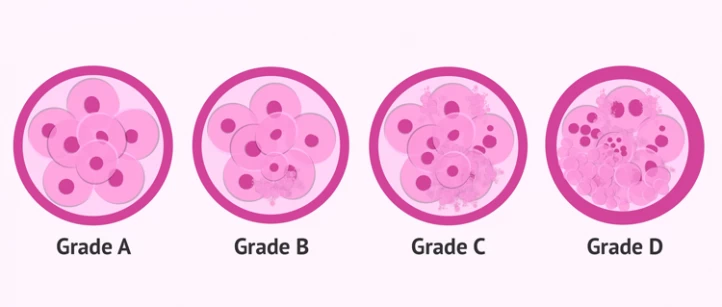
Inner cell mass quality: The embryo classification is done from grade A to C during the inner cell mass (ICM) quality examination, with A being the best.
- Grade A: Embryo cells are uninformed.
- Grade B: Embryo cells are less uniform with minor fragmentation. They may look granular in appearance.
- Grade C: Cells are dark and low in quantity with major fragmentation.
Trophectoderm Quality: The trophectoderm quality is determined by forming the placenta and other pregnancy tissues. Like the ICM, the Trophectoderm is classified as grades A to C. Grade A embryos have the best quality:
- Grade A: A solid layer of many flat, equal-sized cells is formed.
- Grade B: The outer cell layer is uneven, and some cells look granular.
- Grade C: The embryo cells are dark or look granular, and the outer cell layer is uneven.
How to Report Embryo Grading in IVF?
In reporting embryo quality grading with two letters, the first indicates the ICM degree, and the second indicates the trophectoderm degree. For example, grade AB indicates that the embryo has a high-quality inner cell mass (ICM) with grade A and a good trophectoderm (cells surrounding the blastocyst) with grade B.
Transferring Early-Stage Embryo
Early-stage embryo refers to the embryos that couldn’t reach the blastocyst stage by day 5 or 6 but still can develop in the uterus. These embryos are graded from 0 to 3, with 3 being the best quality. Usually, fertility doctors transfer fully expanded blastocysts and discard early-stage ones as they don’t have a defined structure and are less likely to develop into healthy fetuses. However, if the early-stage embryos are the only chance for the couple, the doctor transfers grade 3 of them with the hope of achieving a healthy pregnancy.
Appropriate Grade for Embryo Freezing
Only high-quality embryos, which will bring a healthy pregnancy, are frozen in fertility clinics. Embryo freezing is one of the treatment methods for pregnancy at an older age. However, this does not mean that a perfect embryo with a grade of AA is needed to get pregnant since most embryos born with healthy babies were graded as BB and BC. Sometimes, ICM may be graded as C and change to grade A over time. The blastocoel expansion degree with number 1 can also turn into number 6 within one day.
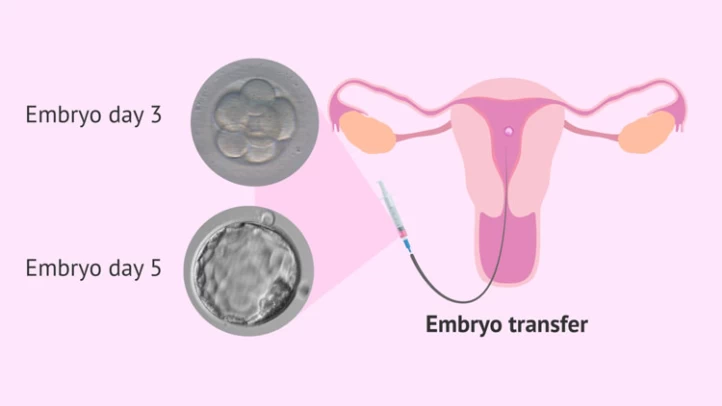
Does Embryo's Grade Affect the IVF Success Rate?
The purpose of assisted reproductive methods such as IVF is to increase the chances of a successful pregnancy and give birth to a healthy baby. Therefore, specialists ask for important information, such as the age, fertility history, etc., from the patient and then use the embryo grading scale to identify high-quality embryos. However, it should be noted that according to research and scientific findings, embryo grading is not a very accurate method and is used as an auxiliary method. For instance, although the grade B embryo success rate is above %50, the pregnancy result is negative in some cases.
It should also be considered that the IVF embryo grading system only examines and evaluates the ability of the embryo to be implanted and is not a criterion for the baby's intelligence or cuteness.
IVF Success Rate Based on Embryo Grade
Based on the embryo’s cell number, fragmentation, and cell symmetry, we can categorize the embryos into four groups: excellent, good, average, and poor, each with different implantation success rates. On average,
- Excellent embryos including 3AA, 4AA, 5AA, and 6AA grades have a success rate of 65%;
- Good embryos such as 3AB, 4AB, 5AB, 6AB, 4BA, 5BA, and 6BA have a success rate of 60%;
- Average embryos such as 3BB, 4BB, 5BB, and 6BB have a success rate of 50%; and
- Poor embryos, including 4BC, 5BC, 6BC, 4CB, 5CB, and 6CB, have a success rate of almost 30%. f
It should be noted that the grade of the embryo is not the only determining factor in IVF success. In fact, in many cases, the embryos with good or average gradings result in live births if the maternal age is low and the uterus is healthy enough to carry the baby.
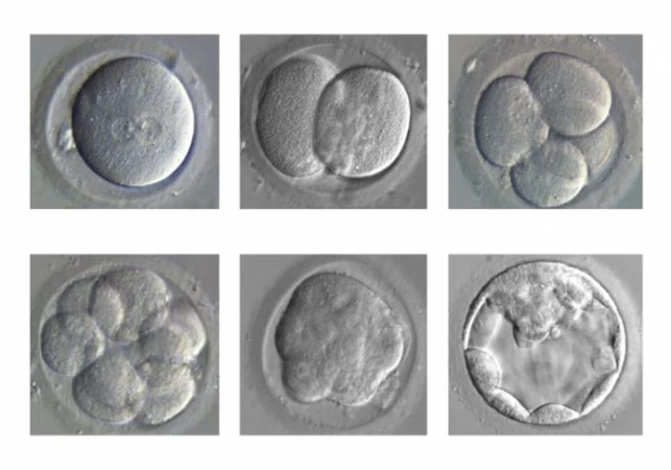
High-Grade Embryo in Iran
Although high-quality embryos result in better pregnancy rates and more live births, they require the expertise of a skilled embryologist and advanced laboratory equipment. So, medical appliances and knowledge of fertility specialists play an important role in the success rate of assisted reproductive techniques. Fortunately, there are numerous clinics and medical labs with European standards in Iran where you can have grade A embryos, even though you are over 35 or have genetic problems. Contact us to get more information about fertility labs and hospitals in Iran.
Contact us for a free initial consultation about embryo grading and IVF.
WhatsAppTelegramFacebookEmailConclusion
Embryo grading is one of the important stages of IVF. As mentioned, information such as the mother's age, her previous pregnancy experiences, the number of embryos that can be transferred, and a suitable day for transferring are checked in the embryo grading system to select a good embryo to increase the chance of a successful pregnancy.
FAQs about IVF Embryo Grading
What is the best grade of the embryo for IVF transfer?
The best embryos for IVF transfer are the ones with normal chromosomes and standard morphology. Also, the best grade of the embryo for IVF is 5AA and 4AA, as they are sufficiently developed and have the best ICM and TE. The embryos graded as AB and BA have a lower chance of implantation and live birth.
What do the letters in embryo grading mean?
In IVF embryo grading, the first letter refers to the Inner Cell Mass (ICM) -which becomes the fetus- and the second letter refers to the trophectoderm -which becomes the placenta.
Does the grade of the embryo affect the IVF success rate?
Yes, the higher the embryo grade, the higher the chance of live birth. Studies have revealed a strong link between embryo morphology and pregnancy rate.
Can low-grade embryos result in a healthy pregnancy?
Theoretically yes. Poor-quality embryos can make healthy babies, too, but the risk of abortion or preterm labor is higher in low-grade embryos.
What grade of the embryo can be frozen?
Most fertility specialists only consider grade A embryos suitable for freezing because they have a high chance of resulting in pregnancy. However, depending on the patient's age, the doctor may freeze grade B and C embryos.







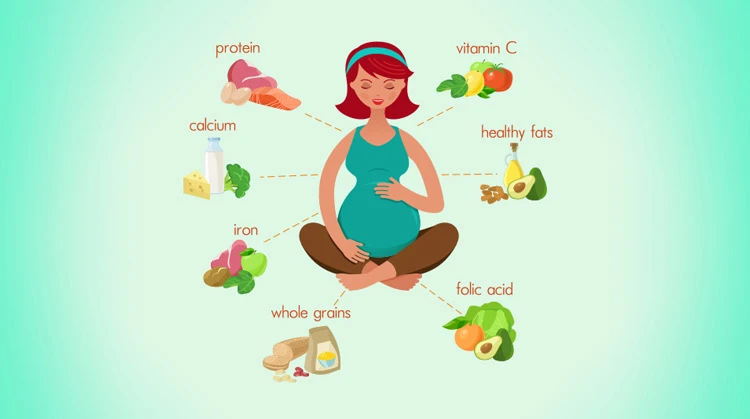
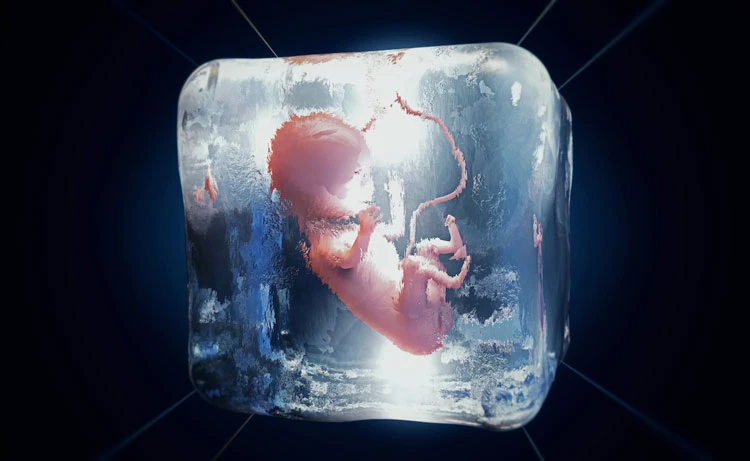

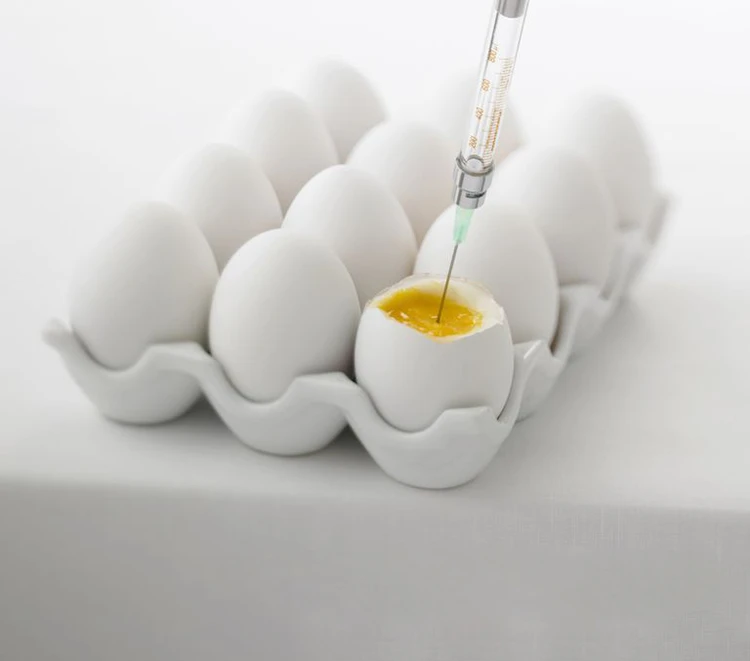
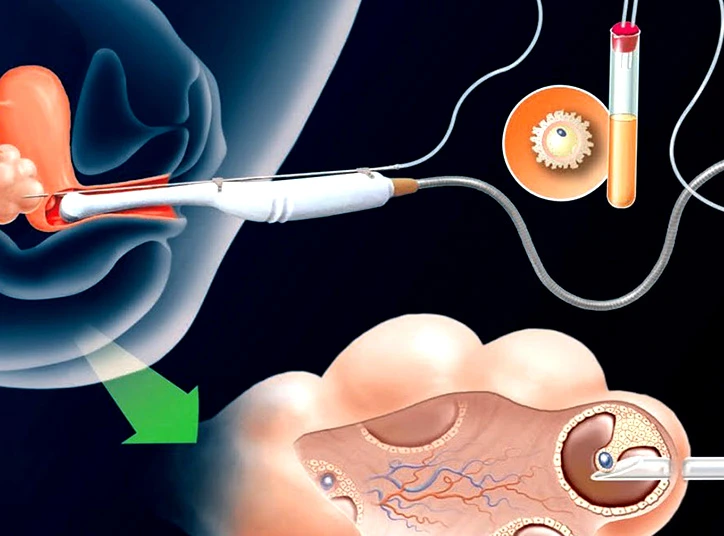

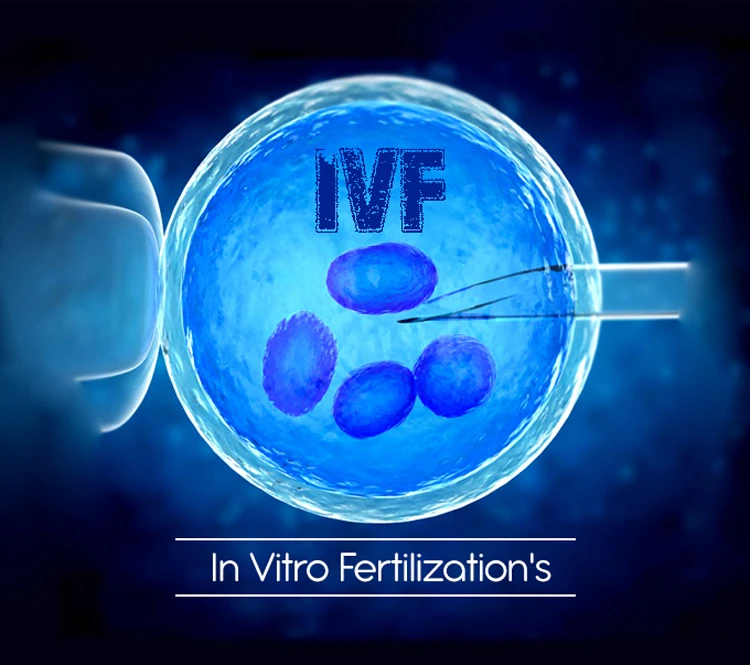




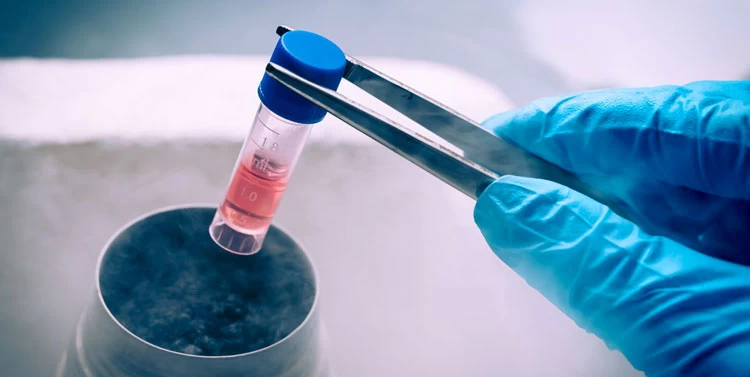

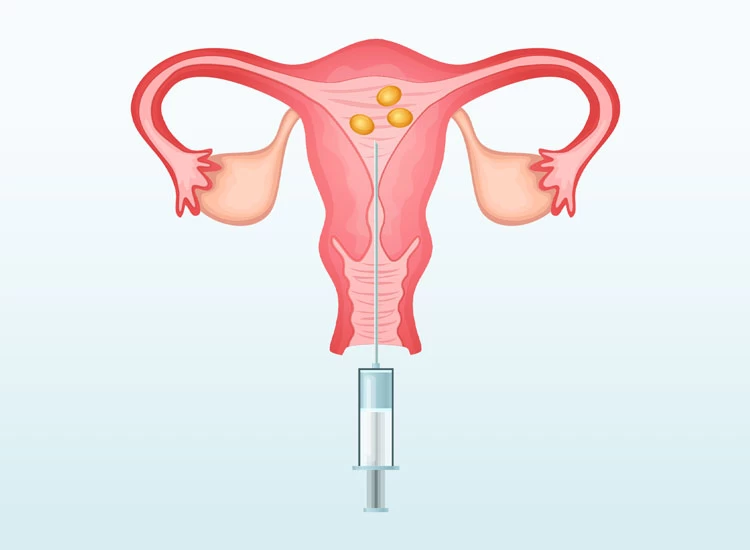
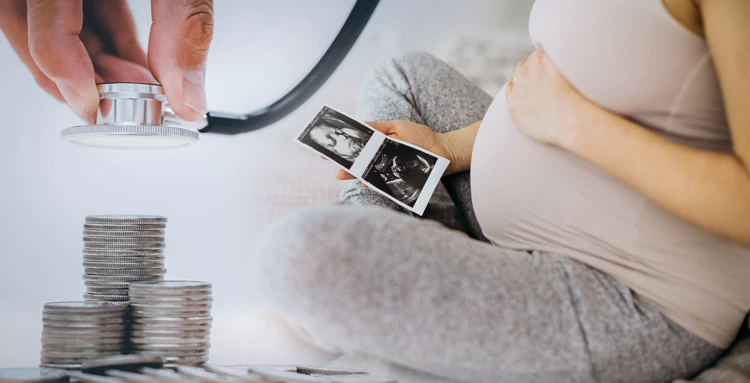


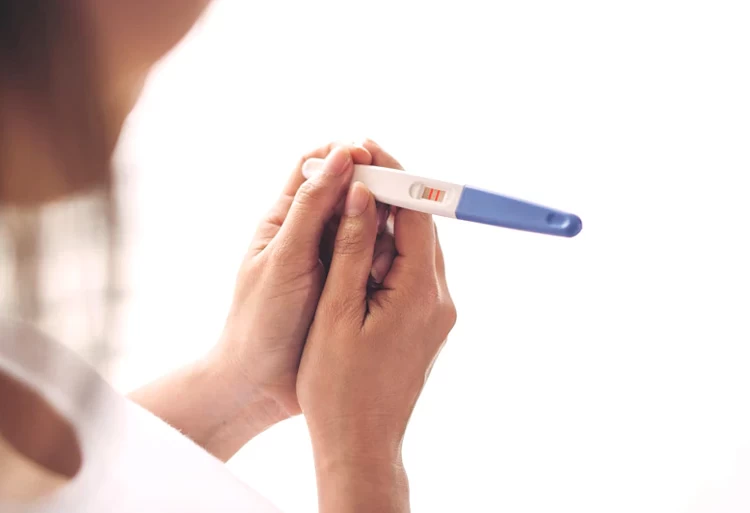
User
-Is grade 2aa embryo good for IVF transfer
Habib Ebrahimi
-Yes
It's perfect
User
-I have an embryo marked stage B4, quality AC. Is that ok? I also have a stage B5, quality CA. I have other embryos with "excellent" and "good" quality, but I am unsure about those. Thanks!
Habib Ebrahimi
-Hello dear friend,
The quality of the embryo is good and appropriate.
User
-mine is day 6 and grade AB is it good ?
فاطمه وجهی
-Yes, its grade is almost good
User
-Tenho um blastocisto D7 com classificação 4CB